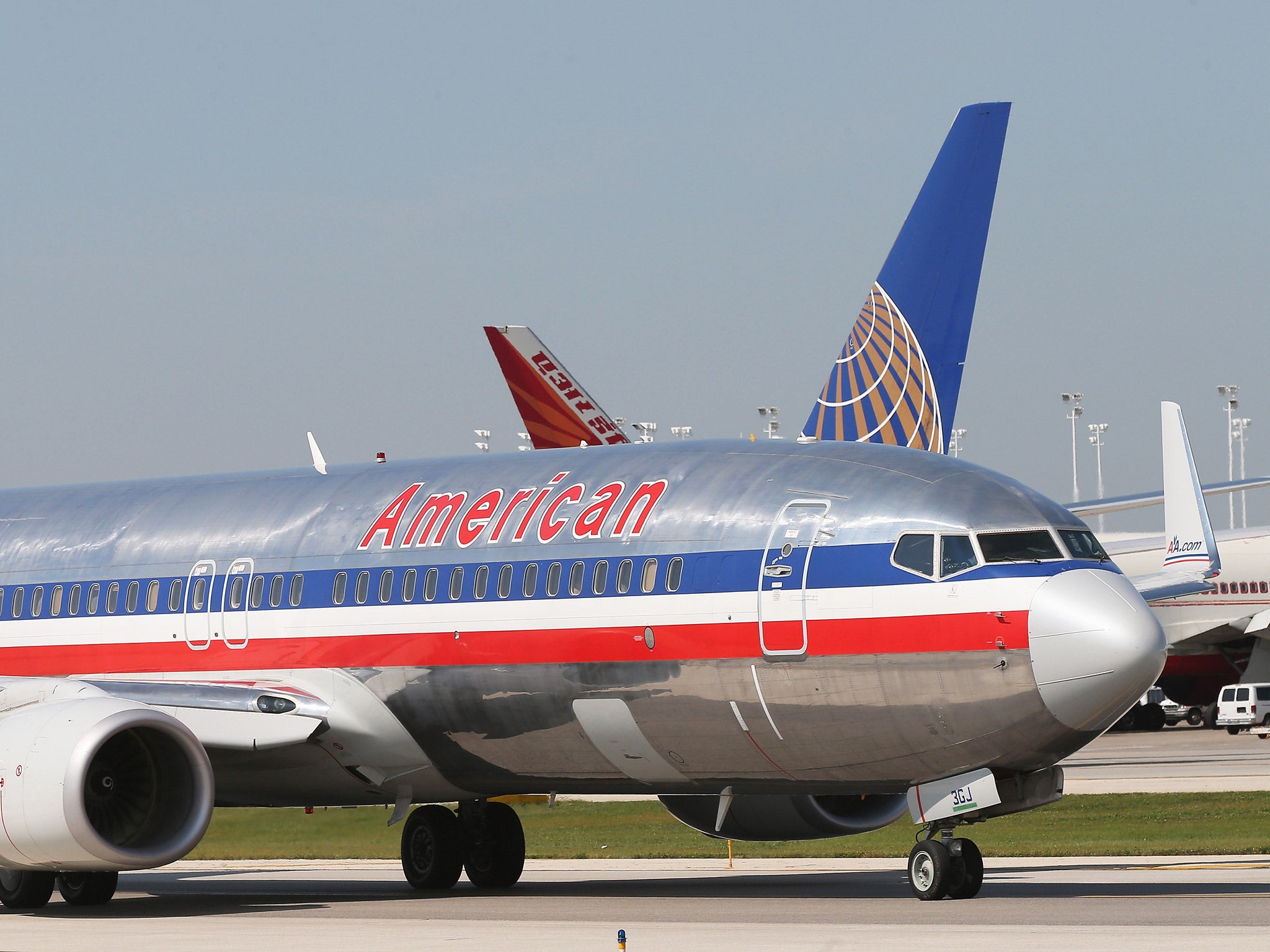Russia plane crash: List of no-go zones for US airlines keeps growing following tragedy
Even before the break-up of the Russian aircraft over the Sinai Peninsula, the FAA had classified the region as 'potentially hostile'

The decision by several airlines to avoid the airspace over the Sinai Peninsula following the break-up of a Russian passenger jet on 31 October was only the latest addition to a list of official and self-selected no-go zones.
Investigators have not yet said what caused the plane to break up midair, and analysts say a missile attack was unlikely. But an Islamic State-linked group's claim that it brought down the plane has raised concerns among pilots and operators.
“The long-term impact may be that flights in the area will take longer,” said Ian Petchenik, who works for the airspace tracking Web site flightradar24. He was referring to the decision by several airlines, including Lufthansa, Air France, Emirates, Air Arabia and Flydubai, to divert their planes. “However, there is no dramatic change in terms of volume of flights.”
“The crash on the Sinai Peninsula took place in an area few aircraft are transiting. It's not like in Ukraine or Iraq where hundreds of planes had to be diverted,” Petchenik said, mentioning two countries where fighting has forced airlines to divert flights.
Russian passenger plane crashes in Egypt
Show all 20List of prohibited airspaces grows
The Federal Aviation Administration (FAA) prohibits U.S. aircraft from flying over several countries or specific areas in countries, including Iraq, Libya, North Korea, Somalia and Syria. After Flight MH17 was shot down over eastern Ukraine last year, the FAA added eastern Ukraine to its list. Ethiopia was recently removed from it.
Even before the break-up of the Russian aircraft over the Sinai Peninsula, the FAA had classified the region as “potentially hostile.” Flying over the area was not prohibited, but the FAA stated that “all U.S. air carriers and commercial operators ... (must) exercise extreme caution during flight operations due to ongoing violence, unrest, security operations and the risk to safety from small-arms, rocket-propelled grenades, mortars, anti-aircraft fire and shoulder-fired, manportable air defense systems.”
According to flightradar24, which tracks flights in real-time on its Web site, there were no commercial planes in the air over Northern Sinai as of noon, eastern time on 2 November.
Another screenshot, taken at the same time, shows the problem many airlines face:
Only a few routes in the Middle East and North Africa are not affected by warnings or strict prohibitions.
Planes flying from Europe to Asia or the other way have a limited number of options: They can fly over Egypt and then continue their journey via Saudi Arabia. Alternatively, many airlines opt for the shorter route along the Caspian Sea.
Concerns have been raised about the latter route: When Russia started bombing targets in Syria at the end of October, it did so from 1,000 miles away. As The Washington Post's Richard Johnson noted, Russia's cruise missiles were launched from naval vessels stationed in the Caspian Sea. On their lethal mission, they crossed an area that is frequently used by commercial airlines.
Subsequently, flights over that particular South Caspian/Iran area decreased significantly between the middle of September and Oct. 18.
But most airlines have resumed their regular routes in that area. “We have seen some permanent shifts from western European and American airlines, though,” Petchenik said.
For instance, a major American airline has routed its Dubai-Washington, D.C., flight through Egypt. It now runs close to the Sinai Peninsula.
Copyright: Washington Post
Subscribe to Independent Premium to bookmark this article
Want to bookmark your favourite articles and stories to read or reference later? Start your Independent Premium subscription today.

Join our commenting forum
Join thought-provoking conversations, follow other Independent readers and see their replies